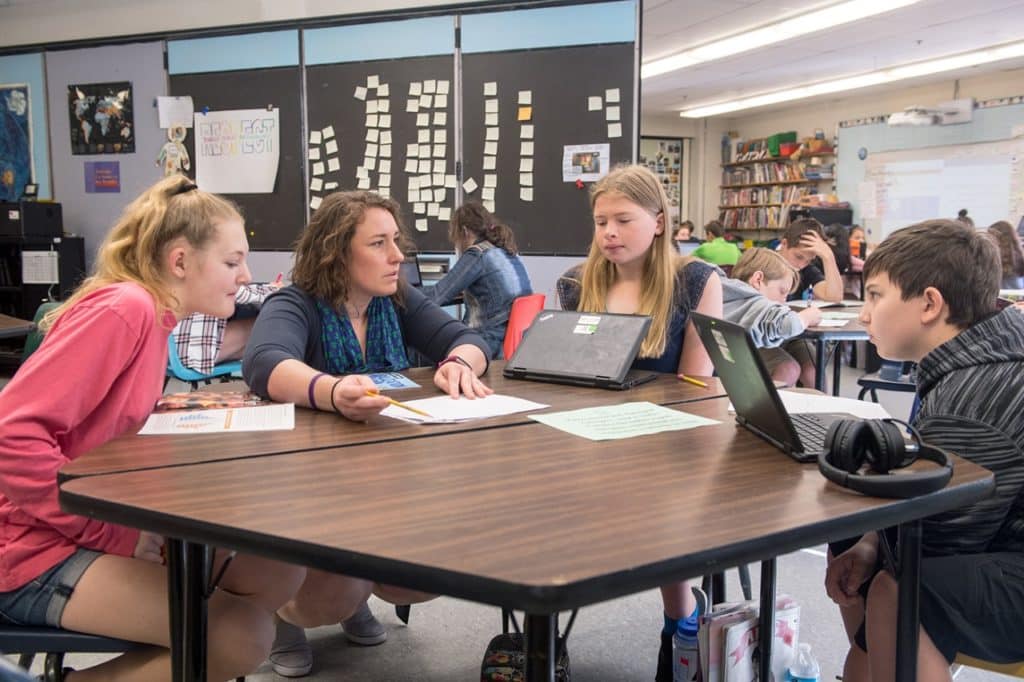
We do our best to create positive learning communities and stop bullying before it starts, but when bullying has already happened, how do you repair the classroom community? We asked Responsive Classroom teachers what their strategies are for rebuilding safety and trust in the classroom, and here’s what they had to say:
As the teacher, I model empathy and respect for all students and am constantly using reinforcing language or reminding language when I see or hear acts that lead or don’t lead to students feeling safe or valued. I also vary partnerships and create opportunities to highlight each child’s strengths or interests.
I often begin by changing seating arrangements so that the child who was targeted does not feel uncomfortable or unsafe in the classroom. It may result in that particular student sitting closer to the front of the classroom, but without isolation. I also go out of my way to get to know the student and use their interests as examples in my lessons, so that they will know that they have something in common with others in the classroom.
Many schools address bullying with practical strategies that staff can implement on a day-to-day basis. One approach is the Start with Hello campaign; encouraging students to embrace diversity by being respectful and empathetic.
I’ve done graffiti charts in Responsive Advisory Meeting to gather ideas and then have students use that as a springboard to repair relationships. I always closely monitor the process and if I see emotions run high, I step in and we try again at a different time.
I try to have a whole class discussion on the problem that I am noticing without saying names. I let students know that the behavior is not comfortable for any of us, including me (I am a part of the classroom community as well). Also, I work to build a relationship with the the person doing the bullying. Oftentimes, a student engages in bullying behavior because of a gap in their social and emotional competencies that they need help to address. I surround them with love and support and give examples of their interests in lessons as well. As they become more engaged with the community, I normally see a change in behavior.
Spreading positivity and creating a friendly environment is a great starting point for accepting others and uniting a classroom community, but ongoing conversations on topics like internet safety, mental illness, counseling accessibility, and how to involve parents for open dialogues and conversations, are important for maintaining that community.
An important aspect of helping the student who was targeted to feel safe and included, and to help repair relationships between students, is to provide structured activities that highlight similarities rather than differences. Try structured activities, such as Four Corners or Just Like Me, to help build student relationships under the watchful guidance of the teacher. You can find more activities like these in The Responsive Advisory Meeting Book and The Morning Meeting Book.
Amber Searles, Christine Diaz, and Michelle Benson contributed to this article.